LG’s V50 ThinQ is the phone I wanted to like.
In some areas, I actually do like it. It has a nice big display. The second screen has some scenarios where it can be useful, even. Unfortunately, though, for so many reasons, I can’t escape the conclusion that LG has ballsed this phone up.
There’s no major issues with the LG V50 ThinQ, but it’s akin to a death from a thousand cuts. There’s so many little things that annoy me about the V50 ThinQ that – when you consider the price – the phone just can’t really be recommended.
| Pros | Cons |
|---|---|
| LG V50 ThinQ comes with a bonus add-on / second screen in Australia | While solid, the V50 ThinQ’s physical design is a little dull |
| Snapdragon 855 processor is nice and quick | Physical design isn’t well thought out – buttons in odd places, a huge notch, and a crappy earpiece |
| Built-in 5G support | The phone’s case is slick and it slides off your desk |
| Battery life is unremarkable at best, and with the second screen, drains rapidly | |
| If the dual-screen is attached, you basically can’t type | |
| LG has the worst track record for software updates among top-tier smartphone manufacturers – don’t buy this expecting any updates |
What’s the hardware like?
For starters, without a case, this phone is so slick and smooth that it migrates across your desk and eventually ends up on the floor. This is so even if your desk is flat (or, if you thought it was) – you’ll find that even the slightest of slight angles will see the V50 ThinQ sliding imperceptibly towards oblivion. The number of times that, 5 minutes after placing it on the desk, it would surprise me by leaping to the floor I can’t quite count any more.
When in a case, or partnered with the dual screen, this doesn’t happen … but LG doesn’t supply a case in the box, and I haven’t seen any on sale in retailers yet either. So that’s annoying.
Then there’s the button layout around the edge of the phone. Instead of sticking with my preferred power and volume rocker on the right, LG has opted for a volume rocker on the left, and below it there’s another button. No, it’s not a power button, but an assistant button.
In good news, this button summons Google’s Assistant by default, not some useless proprietary assistant called Busby (or whatever it is). In bad news, though, this button is in such a place that it activates all the god damned time.
Do you use a car holder in your car? Get used to talking to Assistant a lot. Do you sometimes hold your phone clumsily? I know you do – every one does – so get used to Assistant popping up. A lot. Worse still, given the location of the button, you may sometimes mistake it for a power button, and yep – Assistant again.
The last element of the physical design is the notch. In a time where we can have no notches at all (Hello, Oppo’s new phone!) or very small ones (Hello, Huawei P30 Pro’s teardrop notch), a big wide, gaping notch at the top of the screen feels kind of unnecessary. You might observe – as I did – that the notch houses a nice large earpiece speaker, so there’s plenty of opportunity for a nice loud phone, right?
Well, you’d be wrong.
That fickle earpiece is so directional that, unless precisely located at the dead centre of your ear canal, you can’t hear anyone you’re speaking to on the phone. Moving it by a millimetre either side changes a normal volume phone call to tinny silence. The number of times I found myself reaching for a Bluetooth headset because I got sick of trying to hear people through the built-in earpiece was infuriating.
How’s the software experience?
Then there’s the software side. Some inexplicable design decisions make what could be an enjoyable software experience just annoying.
First there’s the quick settings.By default, there aren’t as many quick setting tiles displayed as you might want. Fortunately, you can add more, but why things like do not disturb, eye comfort mode etc aren’t there by default I don’t really know. Then there’s trying to expand notifications so you can see what’s going on – on other phones, you swipe down on a collapsed notification and it expands. Swipe down on the V50 ThinQ, and the quick settings expand, and your notification almost disappears completely. It’s a minor quirk, but it’s annoying.
Then there’s the volume control which sometimes seems to control your ringtone volume, others seems to control media volume, and sometimes doesn’t control anything at all, despite vigorously clicking on the up or down volume rocker. This annoyed the piss out of me. I prefer other phones’ implementations, where you tap the volume rocker and you can readily change the ringtone, or if media is playing, it adjusts that. Granted, one extra click (on the screen) expands the volume selector and you can adjust everything … but only when the volume rocker brings it up. Many times, it did nothing.
By default, LG’s home screen launcher doesn’t come with an app drawer. You can enable one, thank god, but unfortunately you can’t change this on the second display. You can use a custom launcher – and I’d recommend you should – but unfortunately this doesn’t apply on the second display; you’re stuck with the LG launcher there, and it can be a jarring experience.
The elephant in the room isn’t something that necessarily applies to the LG V50 ThinQ, but almost certainly will. LG’s track record with software updates is nothing short of appalling. Things got so bad that LG specifically – and very publicly – announced a Global Software Update Centre, which was to be devoted to bringing software updates to LG’s loyal customers.
Fast forward twelve months, and that Software Update Centre released just two updates. For all the noise at launch about showing customers that LG “demonstrate to [its] customers that LG smartphones have long and reliable lifespans”, the year-long achievements of the Update Centre shows the opposite more likely to be true.
Last year’s top-tier LG smartphone – the G7 ThinQ – hadn’t seen a security update since September 2018 when we wrote about it in April. What hope can we have that the V50 ThinQ will be treated differently?
How’s the LG V50 ThinQ as a phone?
Then there’s VoLTE. If you’re in areas with strong 4G signal (and not so great 3G), you’ll want a phone that supports VoLTE (Voice over LTE). Quick call connection times, clear crisp HD audio, VoLTE gives you this, but the LG V50 ThinQ does not – it seems to have an allergic reaction to VoLTE displaying this option only sometimes, and most of the time dropping you back to 3G to make a call regardless of whether you use a Telstra service, or one from Optus or Vodafone.
In the same locations, with the same SIMs inserted, my Huawei P30 Pro had no difficulty making clear VoLTE calls, whereas LG’s V50 ThinQ consigned me to low signal 3G hell with failed calls.
This inability to decide between 3G and 4G/VoLTE, paired with the remarkably directional earpiece, made for a jarring phone experience. If you’re on the phone a lot, this isn’t the phone for you.
What about the battery life?
Then there’s the elephant in the room – the inclusion of 5G.
5G places a lot of demands on a smartphone in 2019; it uses more power, it doesn’t work in too many places, and even a large battery capacity can be fairly readily drained by sustained 5G usage. Some phones have dealt with this with larger batteries, others have found efficiencies elsewhere to offset.
LG appears to have done neither; even without going near 5G signal, the LG V50 ThinQ battery is not great. It’s only 200 mAh smaller than Huawei’s P30 Pro, however unlike that phone – which can last a couple of days in normal use – the V50 ThinQ did not fare so well. We’re back in the era of phones that need a charge during the day to last until bed time .. and that’s not a good place to be.
I had hoped we were past the time of phones dropping percentage in front of your eyes – few could forget early Samsung Galaxy S phones which dropped battery percent every few minutes while in use, meaning your morning commute could easily drain 20% of your battery before you even arrive at work.
Well, LG’s V50 ThinQ isn’t that bad – and fortunately nothing really is anymore – but it’s not great; in battery capacity, it feels like a throwback, when we should be advancing not going backwards. If you attach the second screen, you can watch the battery deplete even faster … so much so that the second screen really does become kind of useless.
Should you buy the V50 ThinQ for 5G?
No.
However, that advice isn’t just for this phone, to be clear. You probably shouldn’t buy any phone just for 5G – 5G is barely anywhere in Australia, and even where it is, it isn’t really usable.
Buying a phone specifically to access 5G is a waste of time and money at the moment.
As with most other 5G devices, there’s a price premium for the LG V50 ThinQ. Given the extremely small pockets of coverage of 5G on offer in mid 2019, there’d be absolutely no reason to spend extra money on a phone that effectively can’t use this network anyway. If you really want a good 5G handset, either wait for twelve months until 5G is in enough places to make it usable and buy a phone then, or buy the OPPO Reno 5G or Samsung Galaxy S10 5G – both are better.
I have little doubt that the V50 ThinQ supports 5G, but despite travelling through 5G enabled areas, I didn’t see 5G once.
LG V50 ThinQ’s second screen
It’s not a bad idea, but the implementation doesn’t feel well thought out. For starters, there’s LG’s default launcher which loads on the second screen regardless of whether you actually use LG’s launcher on the V50 ThinQ, or whether you (sensibly) use a 3rd party launcher such as Nova. This leaves you with a great launcher experience on the phone itself, but a really ordinary experience on the second screen.
Then there’s using one screen as a keyboard while you display content on the other. A great idea, but it requires you to use LG’s Keyboard – third party keyboards like Gboard don’t support this, and likely never will. As LG’s Keyboard is relatively not great, this effectively makes the feature unusable.
For some things, the second screen is really good. You can chuck a YouTube video on one screen, and do something else on the main screen. You could have a chat app in one window such as Telegram, while referring to an email or document on the other. For this, it’s quite handy. However, small things will annoy you here even still. For starters, the screens aren’t the same size. They’re not the same brightness. They have a different finish which makes use on one feel completely different to use on the other to type on (assuming you can at all).
Then there’s the real problem – you’ll find it almost impossible to type on an on-screen keyboard with the second display attached. This irritated me no end, and ultimately ended the use of the second display because I just couldn’t type with it attached. Unfortunately, removing the case all the time to reply to messages isn’t really a good solution, so more often than not, the second screen just sat in the box, unused and unloved.
Fortunately, you can fold the second display behind the phone which puts it out of the way without having to detach it. However, your phone is quite thick with the second screen attached (and a bit heavier) so it’s a noticeable prospect in your pocket or your hand.
Would I recommend buying the LG V50 ThinQ?
No.
For what could’ve been a great phone for LG, there are too many compromises. In fact, I was left without much that I liked about the LG V50 ThinQ.
The triple lens camera array does a reasonably good job. It doesn’t zoom as well as some of the fancy super zoom smartphones of 2019, but that’s probably not a fair comparison – most phones don’t zoom like those phones do.
For what it does offer, the V50 ThinQ camera is quite good. It takes good, quick photos (and in some instances responds much faster than other phones, which means those spur of the moment photos come out looking good). The wide-angle lens does a good job with outdoor scenes too, making for wider, more inclusive photos. I like this.
However, the lowlight performance just wasn’t what we expect in 2019; phones from Huawei, Samsung and Google have set the standard for low-light photography, and if you’re not at that level, well you’re just not in the game at all.
Ultimately, I haven’t gone wild taking camera samples because – in my opinion – they just don’t matter. Even an excellent camera would not make the LG V50 ThinQ a recommended phone … and it doesn’t have an excellent camera. Good yes, but excellent not quite.
Putting aside all the gripes above, I liked the hardware itself (except for the slick back, volume keys that don’t work well, Assistant key that activates itself etc), but it just wasn’t enough to win me over.
And that’s where I kind of wound up on the LG V50 ThinQ. It’s a nice phone, and if you ignore enough of the niggles, you’d enjoy it.
However, for $1700 odd, I don’t want to be putting up with niggles. In today’s money, it costs a good $300 more than the Huawei P30 Pro I had been using, and it doesn’t offer nearly enough to justify price parity much less a price increase. The camera isn’t as good. The battery isn’t as good. The physical design is much more annoying. 5G doesn’t offer me anything, and as much of a gimmick as the second display is, it’s just not useful enough to outweigh the other niggles.
This is a thoroughly disappointing conclusion.
I want LG to be back in mobiles, and I want them to be as good as they used to be. I loved the LG G4 (despite others really disliking it a lot), and the LG G3 before it was also quite great. It just feels that since then LG has forgotten how to make a good smartphone, and the V50 ThinQ embodies this.
It gets some things right, but too many wrong, and in a phone that’s $1700, that’s too much to accept. If you want a good 5G phone, buy an OPPO Reno 5G or a Samsung Galaxy S10 5G. If you want a great camera phone, buy either of those, or the Huawei P30 Pro.
Unfortunately, we feel like the playing field has moved, and LG hasn’t quite moved with it.

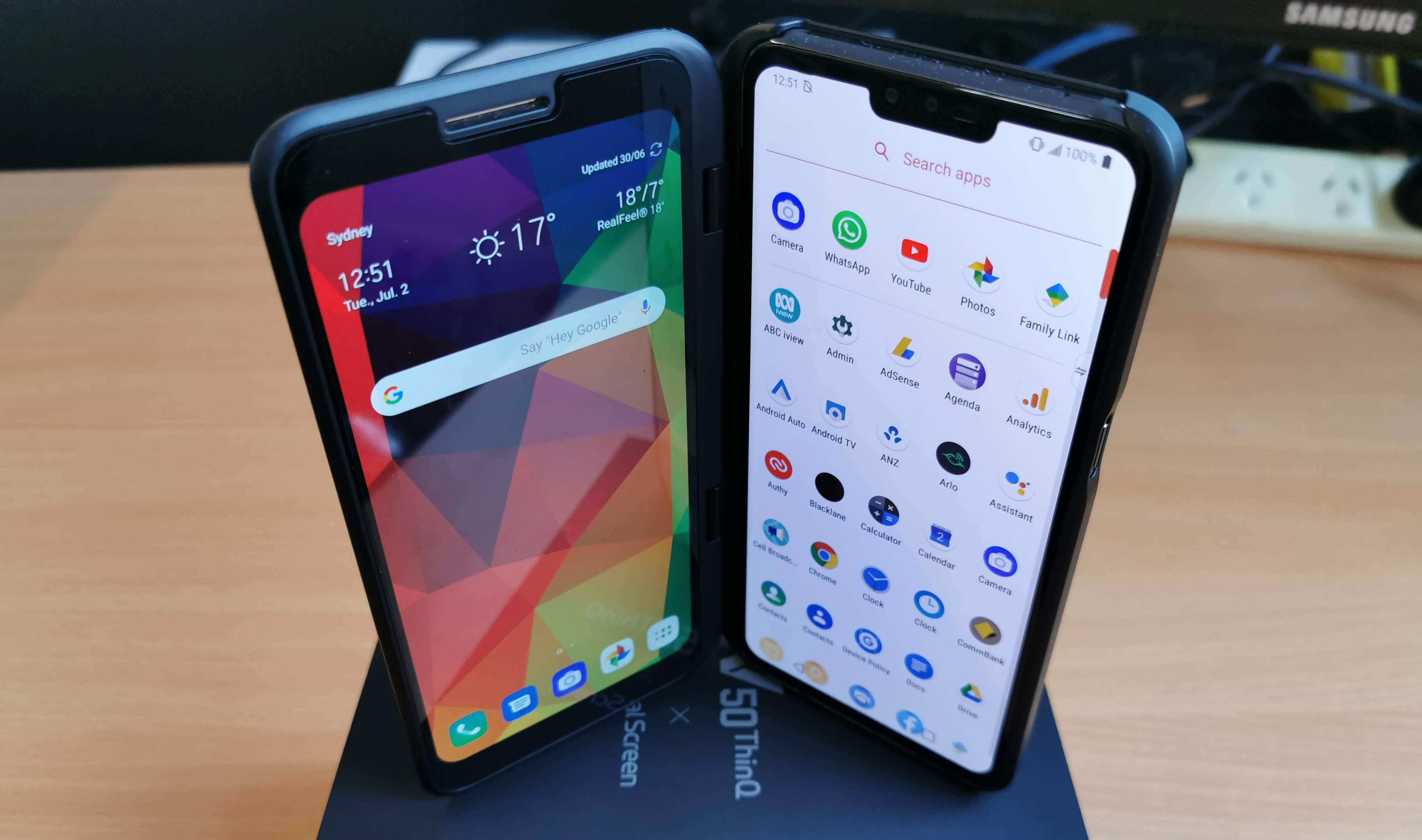


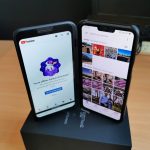
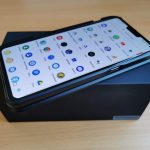

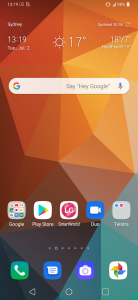
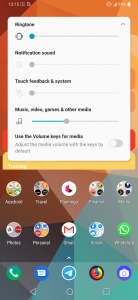
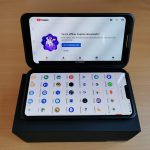
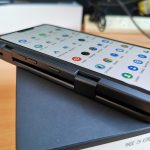
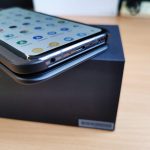









The G3 and G4 were when LG were really on their game. Since then though, I reckon LG have gone stupid.
Good review, but to suggest this or now is a good time to buy Huawei just undermines credibility of independent reviews from Ausdroid.
Dual screen, but still a notch? The notch is a kludge at best, not a selling feature of flagships. 🙁
Our only “bias” to Huawei is we like what they’ve done in recent times in hardware. Our relationship with LG goes back much longer, and if you had seen the back and forth behind the scenes before this particular review was published, you’d probably be accusing us of being soft on LG when we wouldn’t be on others. Reality is, this is an expensive phone that just isn’t good enough to justify its price. It has too many things that aren’t right – hardware that isn’t properly thought out, a second screen that could be so great, but just isn’t,… Read more »